Breed Type: Molosser
Country of Origin: Argentina
Popular Names: Argentine Mastiff, Dogo Argentino, Dogo
Size: Large
Height: (At the withers) Male 63 – 74 cm, Female 61 – 69 cm
Weight: 41 – 45 kg
Best suited as: Pet with an active owner or family.
Lifespan: 9 – 12 years
Popularity: Banned/Restricted in Australia
Intro
Another of the banned dog breeds in Australia, this dog was originally used to hunt big game.
Appearance
This is a large all-white dog with a heavy bone and muscle mass. It has a large head on a strong, graceful neck, and hazel or dark brown eyes rimmed in black or flesh-colour. There are loose wrinkles under the throat. The withers are very strong and muscular, and the back slopes down slightly to the croup. The dog is slightly longer than it is tall, so appears slightly rectangular, especially the female. Its tail is long and tapered, and is carried down while at rest and raised when struggling with a prey animal or greeting its master. It has a large chest and strong hindquarters.
The toes and paws have thick, fleshy, dark coloured pads. The nails are white. The coat is short, coarse, thick, and glossy. There is no undercoat. Any marking on the coat is considered a flaw.
History
In the 1920s, a doctor named Antonio Nores Martinez decided to create a new breed of dog suitable for scenting, tracking, and taking down large predators like the European boar, and mountain lion, and smaller animals like the red fox. He used the Old Fighting Dog of Cordoba – now extinct, which was a cross of the Bull Terrier, Mastiff, and English Bull Dog. He crossed these dogs with Dogue de Bordeaux, Boxer, English Bull Dog, Bull Terrier, Great Pyrenees, Great Dane, Irish Wolfhound, Pointer, and Mastiff. Twenty years later, he had what he called “El Dogo Argentino.â€
In 1956, Antonio died and his brother Agustin, who had helped him throughout his endeavor, carried on his work. In 1964, the breed was accepted into the Argentine Cynologic Federation and in 1973, the Federation Cynologique Internationale placed the breed into its Group V. It was later transferred to Group II with other Molossoids.
In 1970, Dr Raul Zeballos took the dog to the United States where it gained popularity as a pet. Now the dogs are found all over the world.

Temperament
Dogo Argentino were specifically designed to be fierce with big game, while being gentle with their masters and masters’ families. They are courageous, determined, jovial, alert, intelligent, and self-confident. They are great with outgoing and very people-oriented. They have very strong hunting instincts, and the owner must recognize that these dogs are hunters foremost and family pets as a secondary trait. They are calm inside the home but are constantly alert.
Caretakers of these dog must be firm but gentle when it comes to training, as they do not tolerate forceful or abusive handlers. They are willing to please their masters and learn quickly.
These dogs will guard their territory against intruders. They get along with other dogs as long as they have been properly socialized. They can have dominance issues with other strong breeds, or dogs of the same sex. They can get along with cats but must be socialized from a young age to avoid aggression towards them. They are extremely gentle with children, but again, need to be socialized early and often to grow accustomed to people of all ages.
They love being with their family and can develop separation anxiety if left alone for too long. They are not barkers in general, but their barks are thunderous.
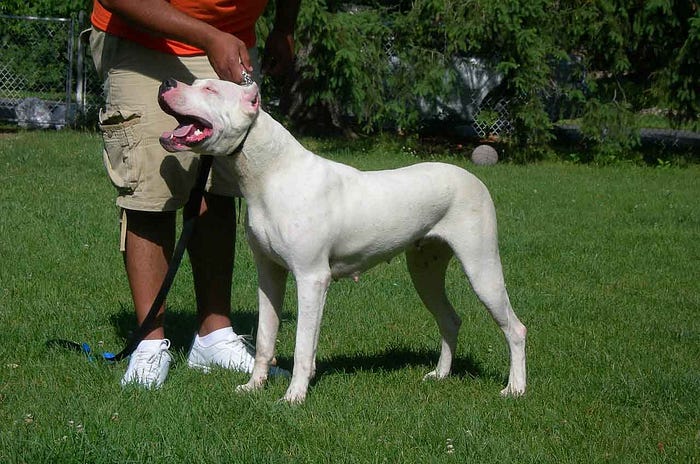
Care and Grooming
These dogs, like other short-haired breeds, need only a quick brushing once a week to keep their skin and coats healthy and vibrant. An occasional bath might be necessarily, particularly when the dog rolls in something unsavoury. Check the wrinkles under its chin for signs of redness or infection, and to clear out any debris or dirt.
Check and clean its ears weekly and brush its teeth weekly to keep gum disease, bad breath, and tooth decay at a minimum. If the ears show signs of infection or irritation, a visit to the vet might be in order. You may use a mild, vet-approved cleaner on a soft cloth or cotton ball to clean the ears.
Once a month, trim the dog’s nails as needed. Some dogs wear their nails down naturally outside and so need no trimming.
These dogs need about an hour of exercise per day. They make very good hiking, cycling, and running companions. They require a sufficient amount of physical and mental stimulation to avoid boredom. A bored Dogo Argentino can become destructive.
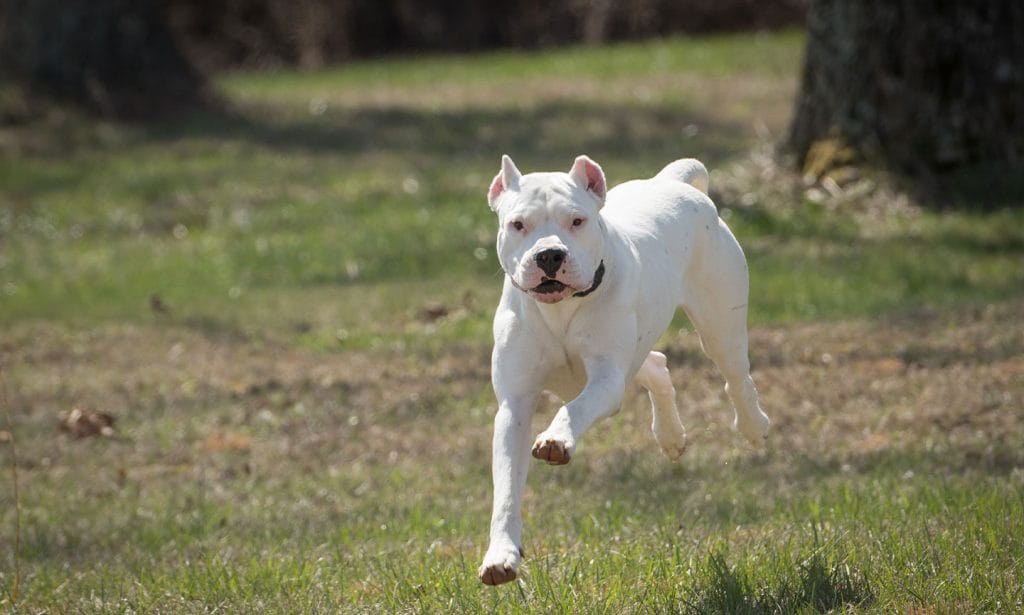
Health
As with other white dogs like the Bull Terrier, white Boxer, and Dalmation, the Dogo may suffer from congenital deafness. There is a 10% rate of deafness throughout the breed. Some are unilaterally while others are deaf in both ears. Deafness can be eliminated or drastically reduced when the breeding stock used has bilaterally normal hearing.
Hip dysplasia can also affect this breed. Careful breeding greatly reduces this problem.
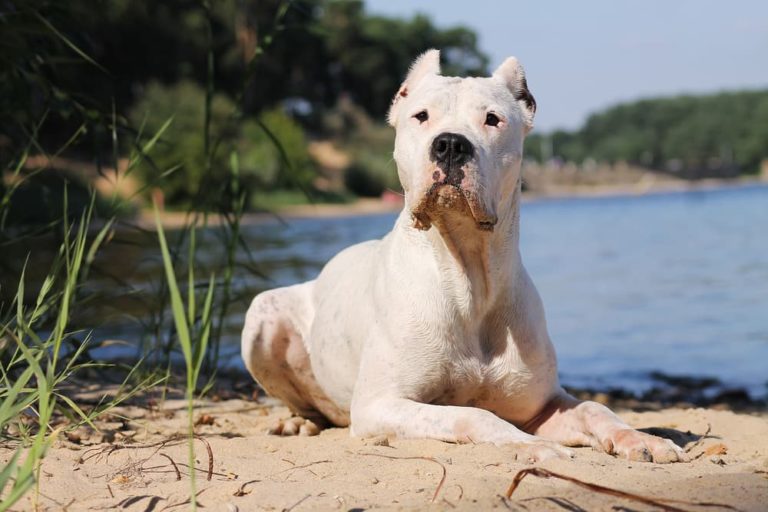
Suitability As A Pet
These make great family dogs for people who understand the basic temperament of the dog. They must be socialized towards all different circumstances, animals, and people. Their size makes them good guard dogs since they can deter potential burglars.
Their banned/restricted status in Australia means that these dogs cannot be imported. Owners of this breed must follow specific legislation depending on the area in which they live. Some restrictions include the use of leash and muzzle at all times when the dog is outside; microchipping; mandated sterilization; special collar; signage; and breed-specific licencing.
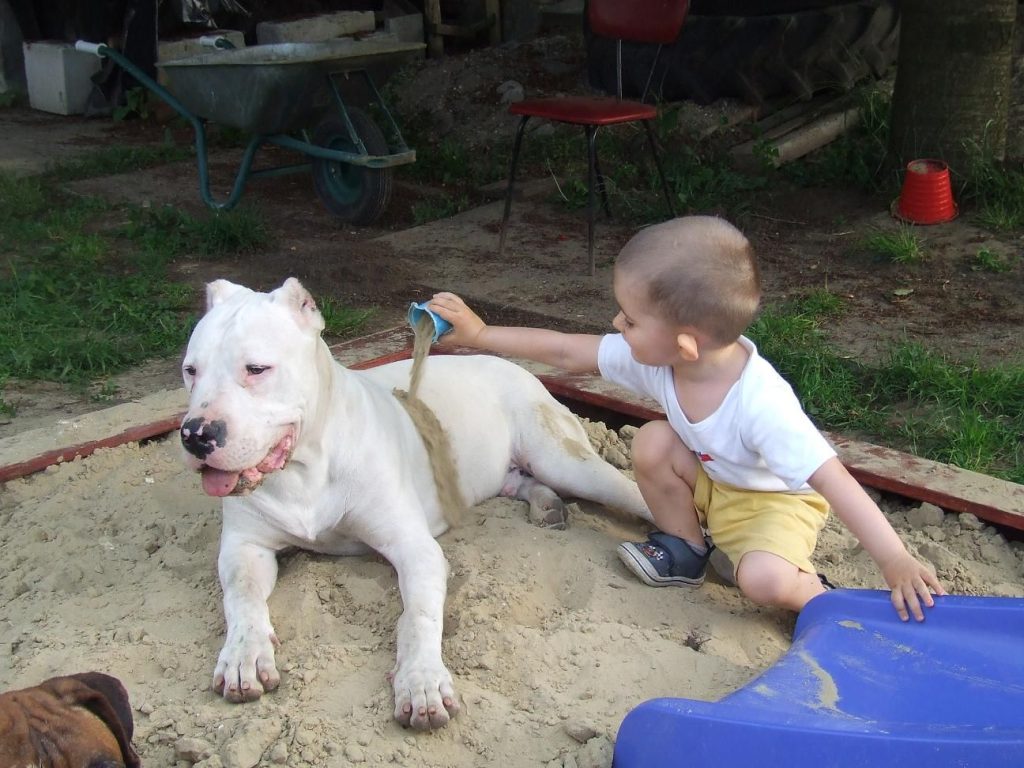
Argentine Dogo Organisations in Australia
No club information listed
Argentine Dogo Organisations in the US
Argentine Dogo Club
Dogo Rescue – Dogo.com
Did we miss your organisation? Let us know. Contact Us

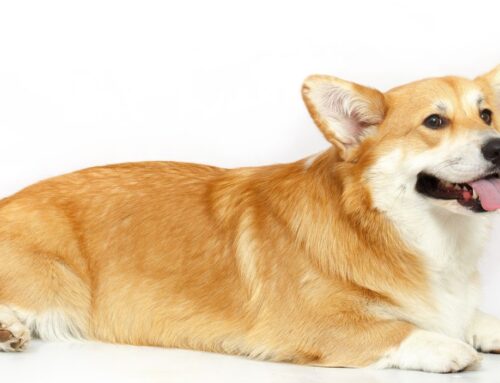

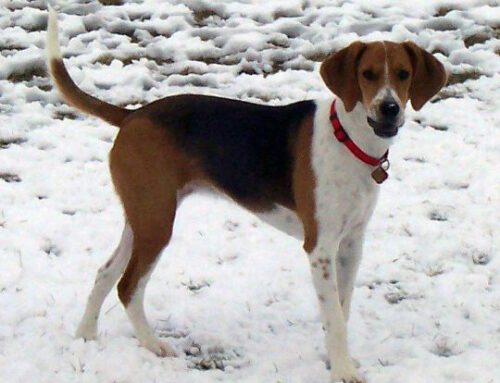
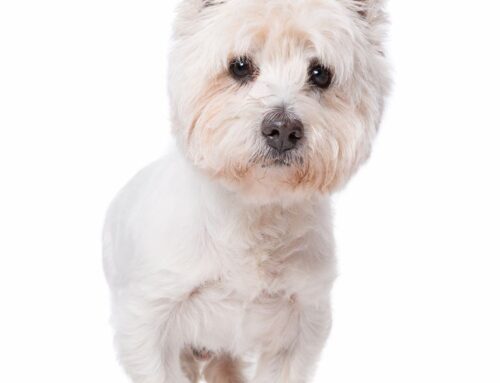

Leave A Comment